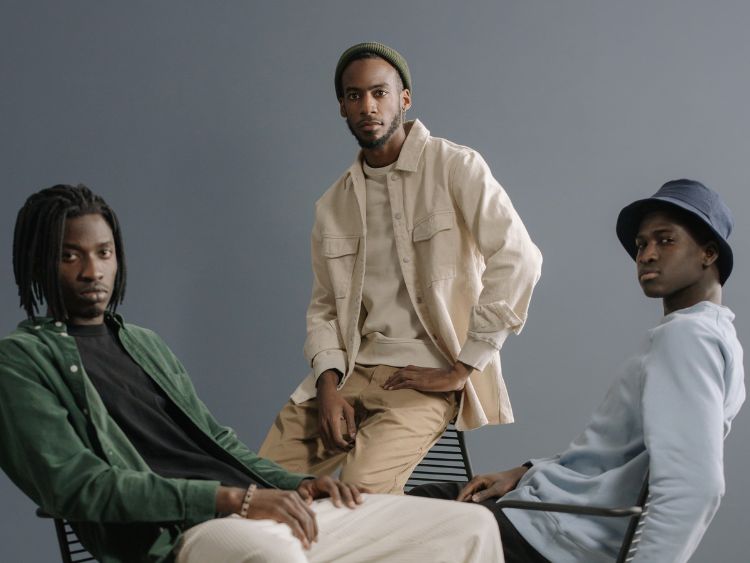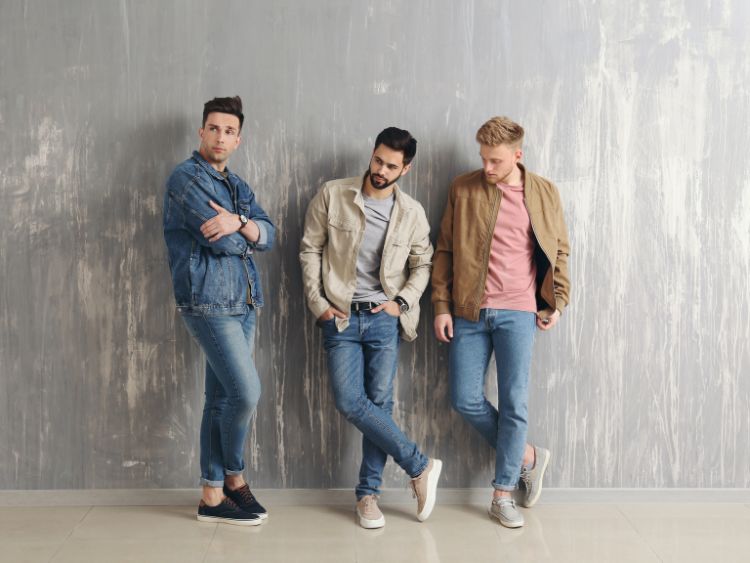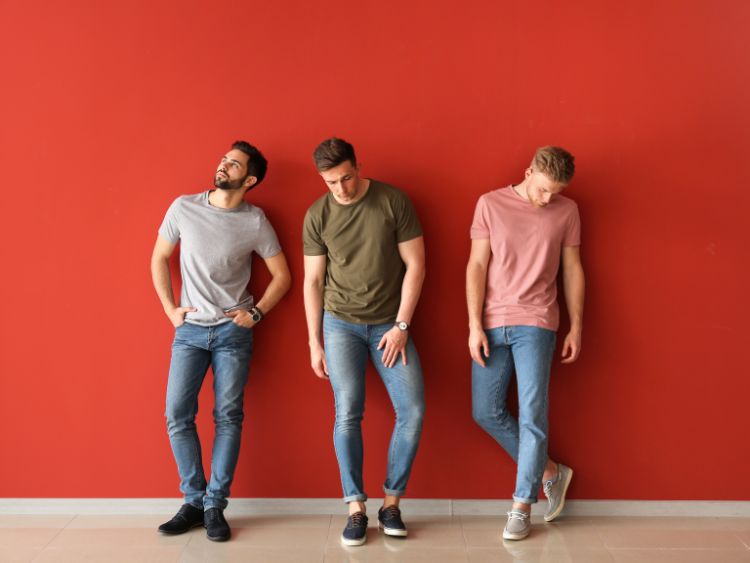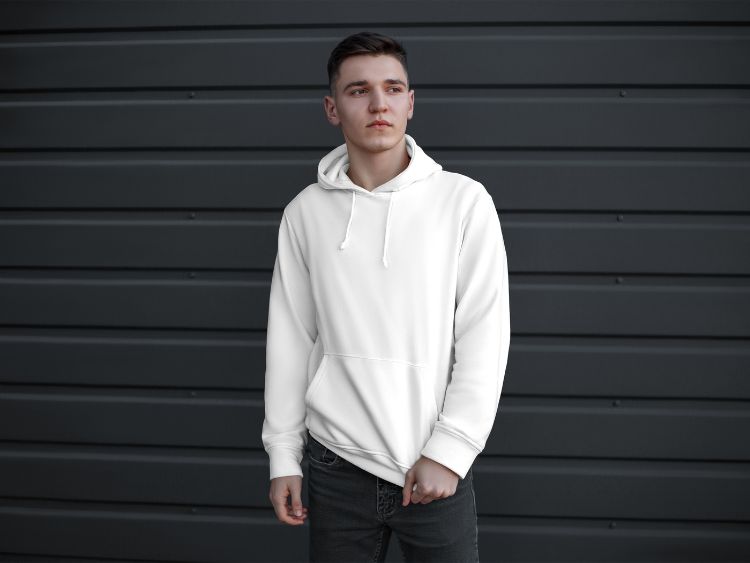Lolita Fashion
Lolita fashion is more than just clothing—it’s a statement, a culture, and, for many, a way of life. Originating in Japan in the late 20th century, Lolita fashion embraces Victorian and Rococo aesthetics, blending them with a whimsical, doll-like charm. This unique style has expanded far beyond Japan’s borders, captivating enthusiasts worldwide who are drawn to its distinct blend of cuteness, modesty, and elegance. Let’s dive into what makes Lolita fashion so fascinating, from its different substyles to the cultural impact it has left on the world.
The Origins of Lolita Fashion
Lolita fashion first gained popularity in Japan in the 1970s and 1980s as a reaction to mainstream trends. Inspired by Victorian children’s clothing, Rococo art, and European aristocracy, Lolita fashion aimed to create a look that was modest yet visually striking. Japanese brands like Baby, The Stars Shine Bright and Angelic Pretty helped establish Lolita fashion, bringing intricate lace, pastel colors, and frilly skirts into the spotlight.
The term “Lolita” can be misleading, as it doesn’t relate to the controversial character from Vladimir Nabokov’s novel. Instead, it’s a fashion choice that expresses femininity, grace, and individuality. The term evolved to mean something entirely different in Japan, symbolizing a whimsical yet modest style rooted in historical fashion.
Key Elements of Lolita Fashion
Lolita fashion has a few signature elements that make it instantly recognizable:
- Puffy, knee-length skirts or dresses: These often feature lace, ruffles, and bows.
- Blouses with high necklines and puff sleeves: Victorian-inspired tops are essential for achieving a Lolita look.
- Knee-high socks or tights: These are paired with Mary Janes or platform shoes.
- Headpieces: Bonnet hats, headbands, or bows often top off a Lolita outfit.
- Accessories: Delicate jewelry, parasols, and handbags that match the color scheme are common.
Each piece is meticulously chosen to create an elegant, cohesive look that doesn’t reveal too much skin, contrasting sharply with the hyper-modern styles seen elsewhere in Japanese street fashion.
Exploring Different Styles of Lolita Fashion
Lolita fashion isn’t a one-size-fits-all concept. Instead, it’s a genre with multiple substyles, each with its distinct aesthetic.
- Sweet Lolita
- Characterized by pastel colors, adorable prints (think cupcakes, teddy bears, or fairy-tale themes), and an emphasis on “kawaii” (cute) culture.
- Sweet Lolita often uses pink, baby blue, and lavender, with prints that include cute animals, sweets, and hearts.
- Gothic Lolita
- Darker and moodier, Gothic Lolita borrows elements from Gothic fashion, with a focus on black, dark purple, and deep red.
- This style may incorporate crosses, roses, and lace for a dramatic, Victorian-inspired look.
- Classic Lolita
- The most mature and historically accurate substyle, Classic Lolita uses more muted colors and floral patterns.
- It has a more elegant and sophisticated feel, with fewer “cute” elements than Sweet Lolita.
- Punk Lolita
- A blend of Lolita and punk fashion, it incorporates edgy elements like plaid skirts, studs, and leather accessories.
- Punk Lolita allows for more creativity, often mixing grunge with feminine silhouettes.
- Country Lolita
- Known for floral prints, straw hats, and gingham, this style embraces a rural aesthetic.
- Country Lolita is often lighter and breezier, ideal for outdoor events and warmer weather.
- Hime (Princess) Lolita
- Inspired by royalty, Hime Lolita adds crowns, tiaras, and luxurious fabrics like satin and velvet.
- It’s a regal, over-the-top style often associated with an extravagant lifestyle.
Each of these styles serves as an outlet for self-expression, allowing fans to adopt a style that resonates with their personal taste.
The Philosophy Behind Lolita Fashion
What draws so many people to Lolita fashion? For one, it represents an escape from reality and societal expectations. Many wearers of Lolita fashion feel empowered by its modesty, as it stands in opposition to more revealing trends. By dressing in layers of lace and frills, Lolita fans reclaim a sense of femininity and self-expression.
Lolita fashion also fosters a strong sense of community. Many enthusiasts attend meet-ups, tea parties, and conventions to share their love for the style. This camaraderie has helped turn Lolita fashion into a lifestyle rather than just a clothing choice.
Lolita Fashion Around the World
Though it began in Japan, Lolita fashion has crossed borders and found communities across the globe. From Europe to North America, there are now conventions, online forums, and fashion shows dedicated to Lolita fashion. Western brands and designers have also started to incorporate Lolita elements, creating a unique fusion that continues to grow.
Tips for Getting Started with Lolita Fashion
If you’re new to Lolita fashion and want to create your first outfit, here are some tips:
- Start with a classic silhouette: A blouse and skirt or a one-piece dress are great starting points.
- Choose a substyle: Decide which Lolita style resonates with you most—Sweet, Gothic, or Classic—and build from there.
- Invest in quality pieces: Lolita fashion relies on good craftsmanship, so it’s worth investing in quality clothing that will last.
- Accessorize thoughtfully: Accessories like lace gloves, parasols, and jewelry enhance the overall look.
- Join online communities: There are many Facebook groups, Reddit forums, and websites where you can get advice and find inspiration.
FAQs About Lolita Fashion
What’s the difference between Lolita fashion and cosplay?
Lolita fashion is a street style and personal expression, while cosplay involves dressing as a specific character from anime, manga, or video games. Lolita is more about aesthetics and doesn’t focus on mimicking a character.
Is Lolita fashion expensive?
Lolita fashion can be pricey due to the quality and intricate designs. However, many people buy secondhand or make their own outfits to save on costs.
Do I have to follow all the traditional Lolita rules?
Not necessarily! While traditional Lolita fashion has guidelines, many people create their own versions. Some enthusiasts embrace hybrid styles, mixing Lolita with other fashion genres to create something unique.
Where can I find Lolita fashion brands?
Popular brands include Angelic Pretty, Baby, The Stars Shine Bright, and Metamorphose Temps de Fille. Many of these brands ship internationally, and some also sell through online marketplaces.
Can men wear Lolita fashion?
Absolutely! There’s a substyle called Ouji, or “prince” style, that takes inspiration from male Victorian fashion. Many men also wear traditional Lolita fashion, challenging gender norms and redefining elegance.
The Future of Lolita Fashion
Lolita fashion is constantly evolving. Designers continue to push boundaries, merging Lolita with other styles like steampunk and mori kei. The spread of Lolita fashion across the internet has also introduced it to new audiences who are reinterpreting it in creative ways. As cultural appreciation grows, so does the influence of Lolita fashion on mainstream fashion.
Conclusion: Embracing the Beauty of Lolita Fashion
Lolita fashion is a timeless, ever-evolving style that offers a refuge for those looking to express themselves in a uniquely graceful way. Whether you’re drawn to the sweetness of pastels or the elegance of Gothic attire, Lolita fashion allows you to create a look that’s unapologetically you. So why not take a step into this enchanting world? With so many styles to choose from, Lolita fashion is an endless journey of self-discovery and artistic expression.



